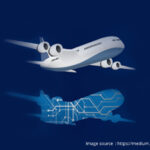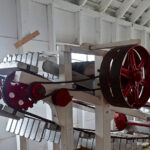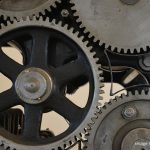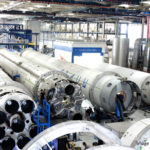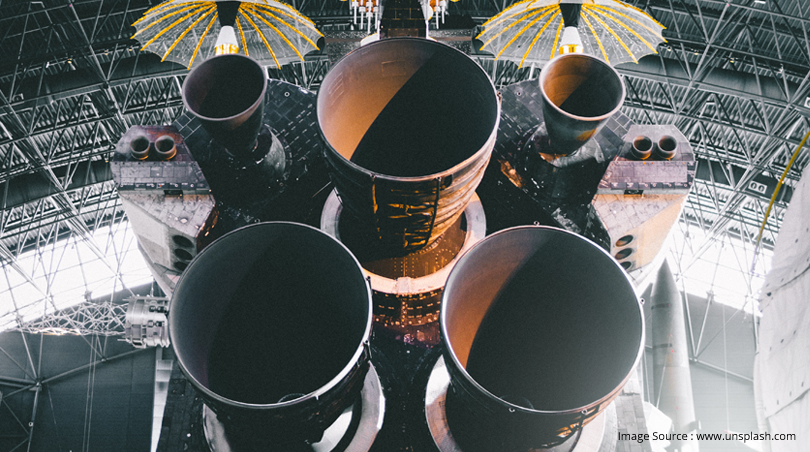
Freedom is liked by everyone; nobody wants restriction in their life. Similarly, everybody wants to manufacture easily what they want without any constraint. In the modern era with the help of flexible manufacturing system, we are able to open up new possibilities.
Flexibility in manufacturing has changed expectations regarding design and manufacturing processes. Custom manufacturing offered less effort to produce complex individualized final products. The coming manufacturing process briefs the design flexibility.
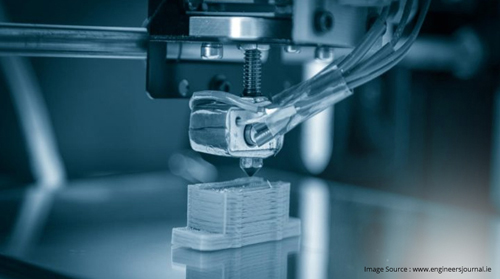
The outstanding feature of all AM techniques is their capability to produce parts of high geometrical complexity which cannot be manufactured by any other production technique. This works because of the tool free layer by layer approach of all additive manufacturing processes. Parts are produced based on 3D CAD model data without any tooling needed. It is now physically and cost-effectively possible to fully design for functionality and create effective manufacturing production runs, leaving the limitations of traditional manufacturing behind.
Conventional manufacturing process restricts us by many hurdles like machining feasibility, cost, and time etc. The components with internal features or complex geometries can also be designed. This would be challenging to produce using traditional methods. The life changing opportunities of 3D production ripple through the entire manufacturing ecosystem, affecting both manufacturing and economics.
3D production opens the door to rapid manufacturing processes, reducing the lead time from conception to production and decreasing time to market. Metal additive manufacturing is revolutionizes the way parts are designed and produced, offering solutions that were impossible only a few years ago. As a result, this reduces waste and allows businesses to produce parts faster and at a lower cost than traditional techniques. Additive manufacturing more budget-friendly, but 3D printing refers to any manufacturing process which additively builds or forms 3D parts in layers from CAD data. It brings a revolutionary approach to manufacturing through three key advantages: Reduce number of components, Reduce part weight and Improve part Performance.

Here are the steps involved in 3D printing:-
Available materials is still limited compared to other processes such as milling or injection molding, but the number of materials qualified for polymer and metal based processes is growing.
Following are the some material options available in market:
The use of CAD systems in aerospace design expanded significantly over the years as computer costs decreased and technology grew by leaps and bounds. Now, every aerospace manufacturer in the world depends on CAD as part of its design, engineering and manufacturing processes. An amazing case example of the design freedom of 3D printing comes straight from NASA, the entire design is consolidated into one continuous unit through 3D printing.
It eliminates the need for tooling, labor intensive assembly, and reducing time result in significant cost savings. Design freedom also means you can create own art craft model into 3D CAD software. By using additive manufacturing you can produce actually it. Design a unique, well-designed object that you would like to have like Pencil holders, Chairs, Toys, Lamps, etc. Basically we provide, design support according to customer requirement. What kind of design support is needed? We provide (STL) file in various CAD platform. This can be used by client to produce actual component by using 3D printer.
3D printing also is flexible manufacturing system. It is significant because it changes the way we think about manufacturing. It is viewed as a revolution for manufacturing in the future, including how 3D printing has changed prototyping and production through cost, lead time and design freedom. It is setting new standards for cost, speed and parts performance that’s the difference 3D printing has made from weeks to days. From “No, we can’t do it” to “Yes, we can do it.”
